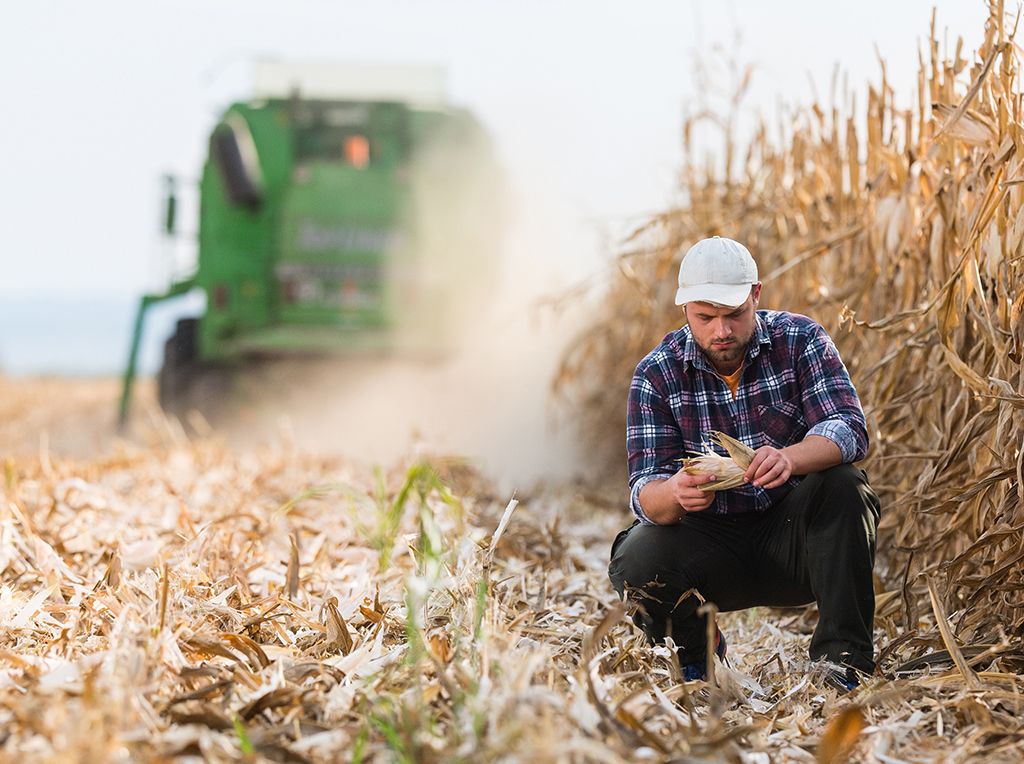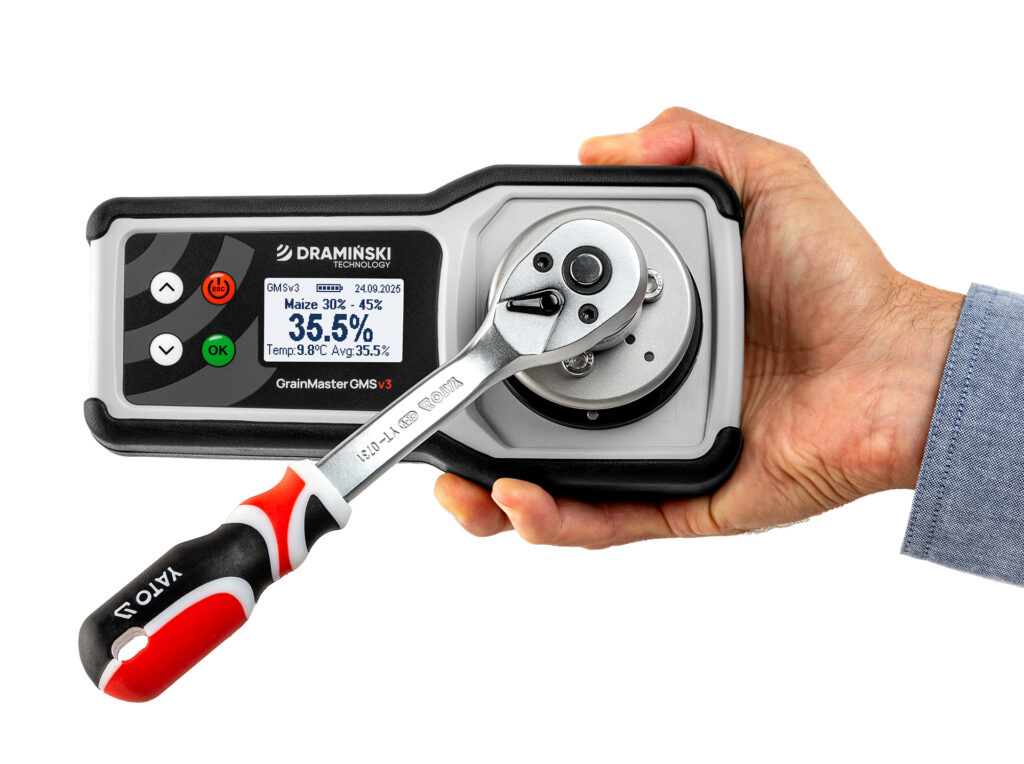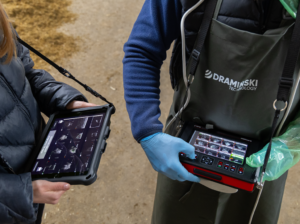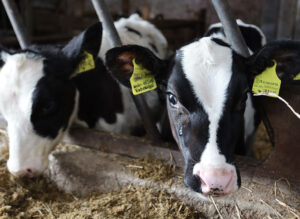When to Harvest Corn?

Choosing the right moment to harvest corn is one of the most important factors determining the quality and yield of the crop. The timing of entering the field is primarily decided by the degree of grain maturity, its moisture content, and weather conditions during the final stage of vegetation.
When does corn reach harvest maturity?
The optimal date varies depending on the intended use of the crop. For grain production, harvest begins when the moisture content drops to 28–35%. In the case of silage, these values should be around 32–35%. It is therefore crucial to monitor both the developmental stage and moisture level in order to avoid quality losses.
What influences the harvest date?
Several factors affect the rate of corn ripening:
• variety characteristics and earliness (FAO) – earlier varieties reach the required parameters faster,
• soil conditions and field fertility,
• weather patterns – particularly accumulated temperature and rainfall distribution during the season,
• phytosanitary condition of the crop – diseases such as fusarium can accelerate the need for harvest,
• intended use – different requirements apply for grain, silage, or CCM,
• rate of moisture loss – determines whether the harvest can be postponed or must be advanced.
In practice, this means that when growing late varieties on cooler sites, there is a risk that plants may not mature before the first frosts.
How to recognize when corn is ready for harvest?
The most reliable sign is the appearance of the so-called black layer at the base of the kernel – it indicates physiological maturity. Other accompanying signs include:
• grain moisture at 28–35% (grain) or 30–35% (silage),
• husk leaves and stalks clearly drying and becoming brittle,
• kernels well developed, hard, smooth, often with a glassy appearance,
• cobs detaching easily from stalks, and kernels falling out under light pressure.
Precise measurement of corn moisture

Since corn moisture is a key harvest parameter, professional meters are an invaluable aid for farmers. A good example is the Dramiński Grain Master GMSv3 – a grain moisture meter with sample grinding. The device provides accurate results in field conditions and allows for moisture measurement up to 45%. Thanks to this, farmers can quickly and precisely assess the grain’s condition and choose the best harvest time, minimizing the risk of losses and drying costs.


